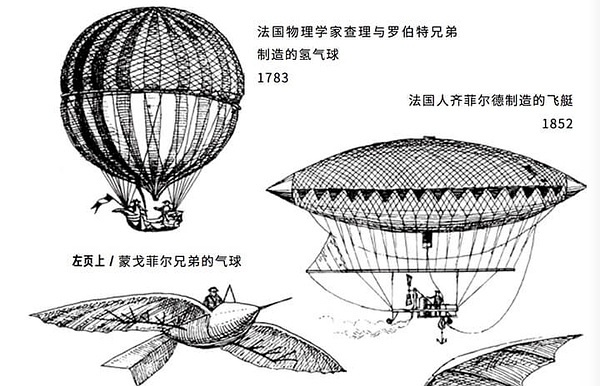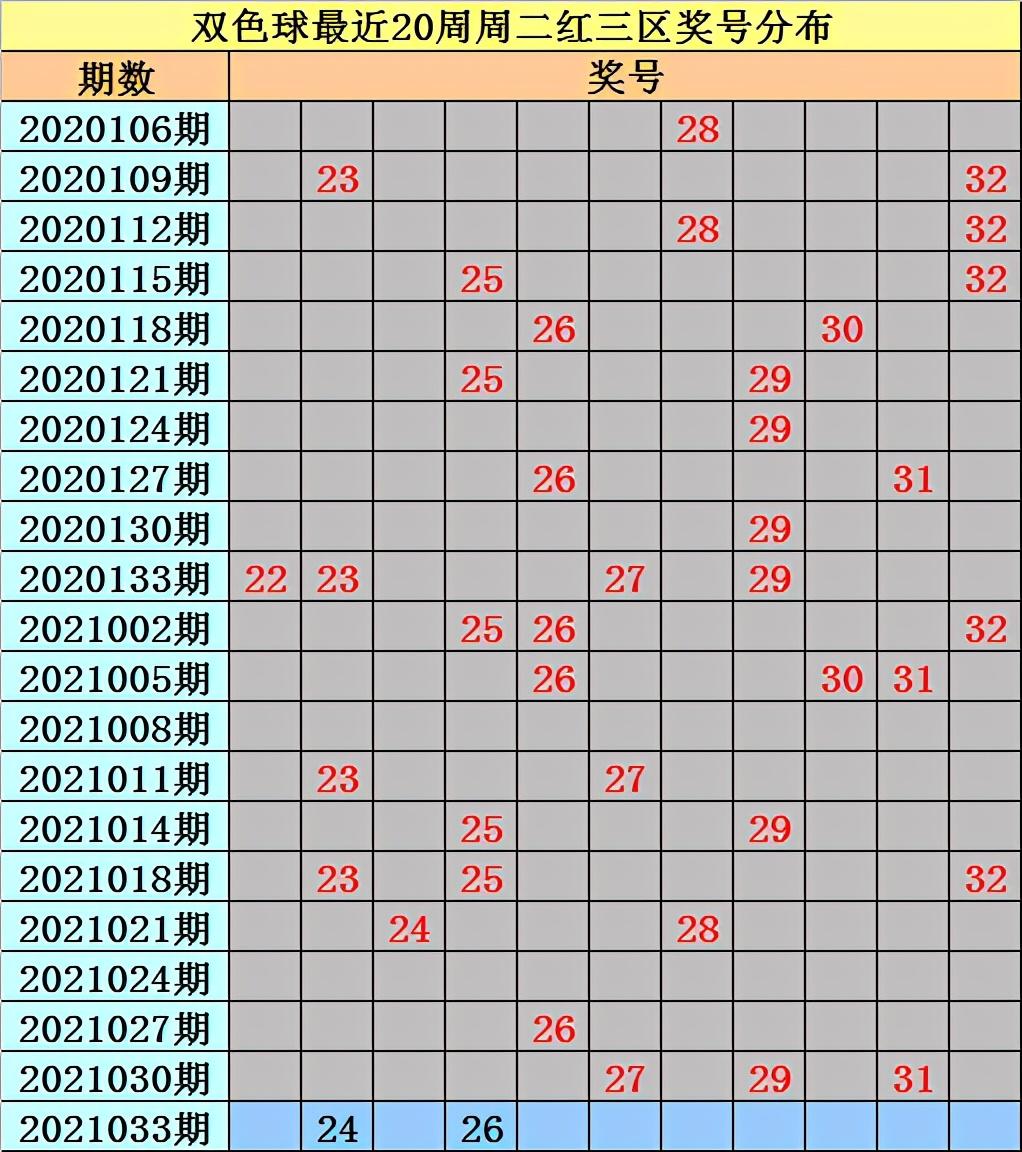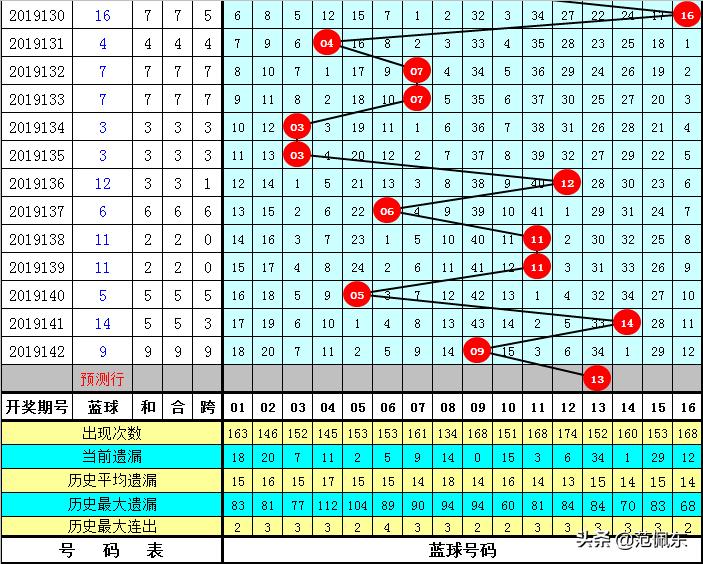Introduction
The origins of football, a sport that has captivated hearts and minds across the globe, can be traced back through centuries of history, weaving its way from ancient civilizations to the modern-day global phenomenon it is today. This article delves into the English language exploration of the game's beginnings, exploring the various theories and historical evidence that suggest its roots extend beyond modern-day football as we know it.
Ancient Precursors: Ball Games in Ancient Egypt and Mesopotamia
The earliest known references to games involving a ball can be found in ancient civilizations such as Egypt and Mesopotamia. In ancient Egypt, a game called 'Egyptian Football' or 'Teb' was played using a small leather ball and a wooden stick. The game was played on a grassy field, with players using their sticks to hit the ball into a target or to score on the opposing team's goal. These early forms of football were more akin to a form of hand-and-football than the modern sport, but they laid the foundation for the development of ball games that would later evolve into what we know today.
In Mesopotamia, around 2000 BC, a game called 'Kul-Kul' was played using a leather ball and a stick. The game was similar to modern-day lacrosse, with players using their sticks to hit the ball into a net. These early games demonstrate the importance of balls in ancient cultures for both entertainment and physical exercise.
Medieval Europe: Early Forms of Football
As Europe entered the Middle Ages, the game of football began to take on a more organized form. In England, during the 12th century, there were mentions of a game called 'Footballe' or 'Footeball,' which was played by students at universities such as Oxford and Cambridge. These early forms of football were played on grassy fields, with two teams attempting to kick a ball into the opposing team's goal. However, unlike modern football, these games were often violent and included pushing, shoving, and even fighting.
The game was also known as 'Shuttlecock,' where players used their feet to kick a small feathered object rather than a ball. This version of football was more akin to a form of exercise rather than a competitive sport, but it still served as a precursor to the modern game.
The Evolution of Football in England: From Cudgel to Association Football
In the 19th century, England saw significant changes in the way football was played. The first organized football club was formed in 1848, known as the Sheffield Football Club. This marked the beginning of the transition from informal street games to organized club-based competitions. The rules of football were gradually standardized, with the first written set of rules being published in 1848 by The Football Association (FA), which later became the governing body for football in England.
The early rules banned physical contact between players, except for pushing and kicking the ball, which led to a more structured and less violent game. The FA Cup, the oldest football competition in the world, was established in 1871, further promoting the growth and popularity of football in England.
Internationalization: The Spread of Football
The popularity of football in England soon spread across Europe and beyond. In 1893, the first international football match was played between England and Scotland at Hamilton Crescent in Glasgow. This marked the beginning of international football competitions, which eventually led to the formation of FIFA (Fédération Internationale de Football Association) in 1904. FIFA's establishment paved the way for globalization of football, with tournaments such as the World Cup being held every four years since 1930.
The growth of football in Europe also led to its adoption in other parts of the world. In South America, Argentina and Uruguay developed their own versions of football that emphasized speed and skill, while in Asia, Japan and Korea saw an influx of European players and coaches during the 20th century, leading to their emergence as competitive football nations.
Modern Football: A Global Phenomenon
By the 20th century, football had become a truly global sport. The World Cup held its first edition in 1930, attracting millions of spectators and becoming one of the most watched sporting events globally. The growth of television coverage further accelerated its popularity, making it one of the most popular sports worldwide. Today, football is played in over 200 countries and territories around
















 京公网安备11000000000001号
京公网安备11000000000001号 京ICP备11000001号
京ICP备11000001号
还没有评论,来说两句吧...